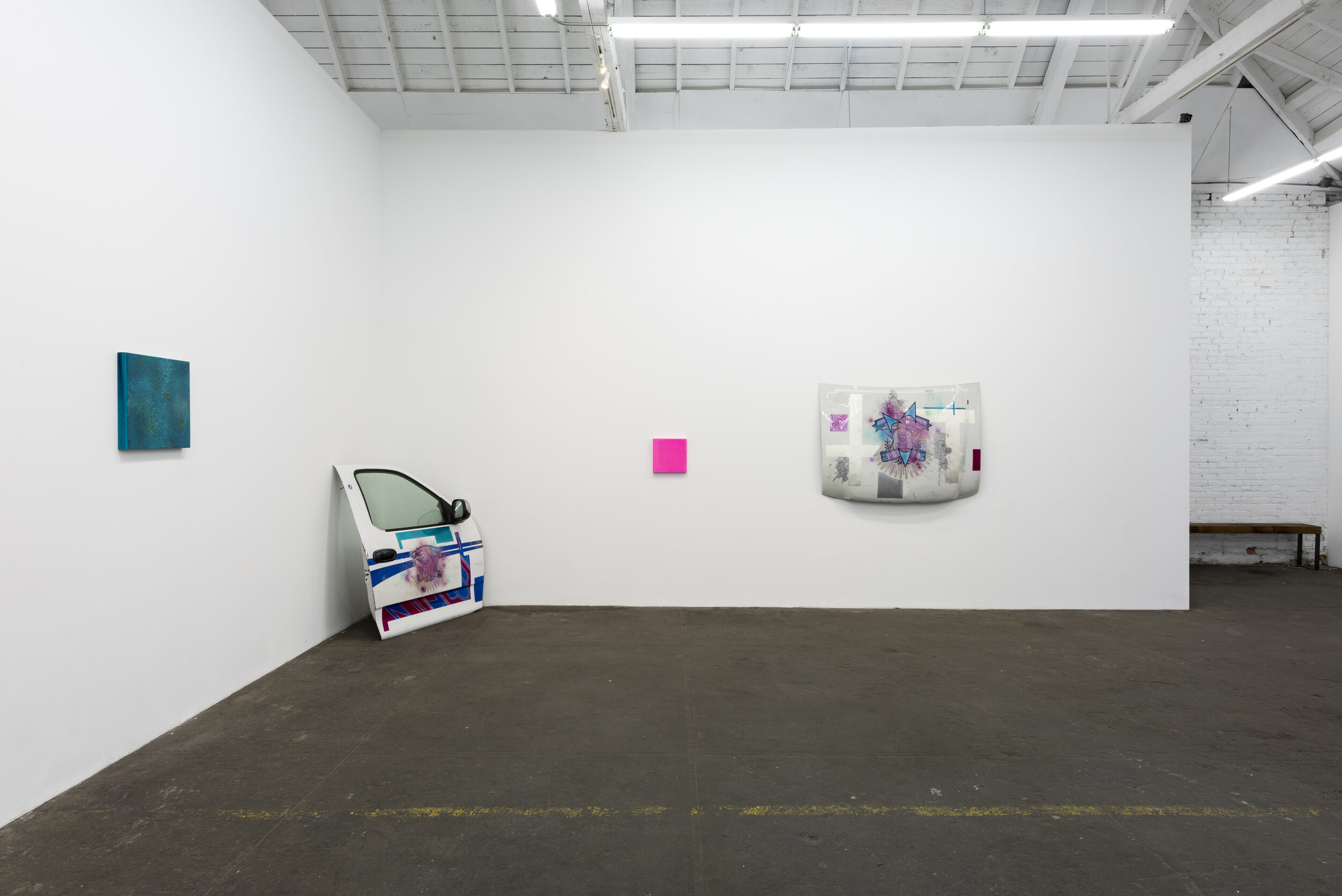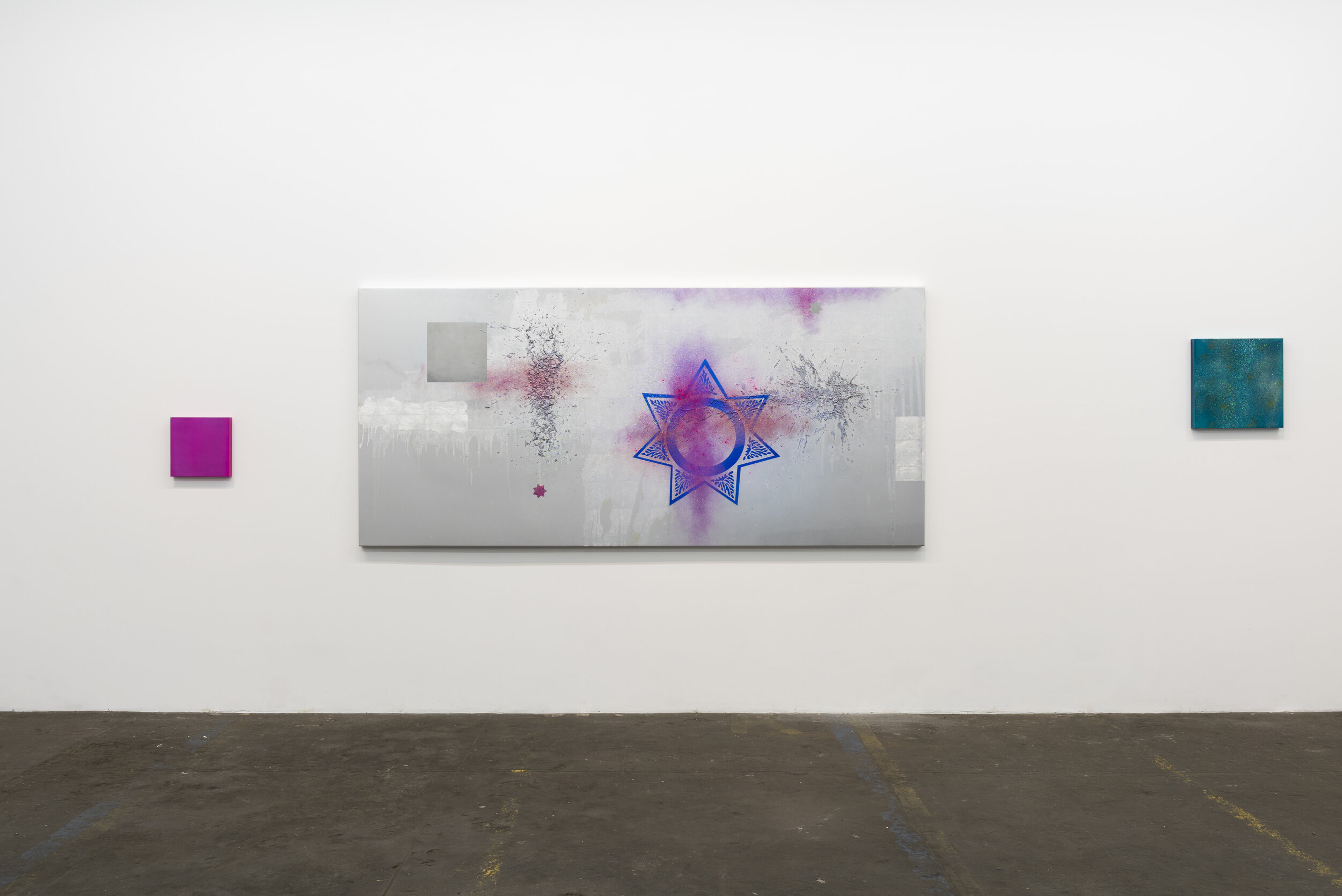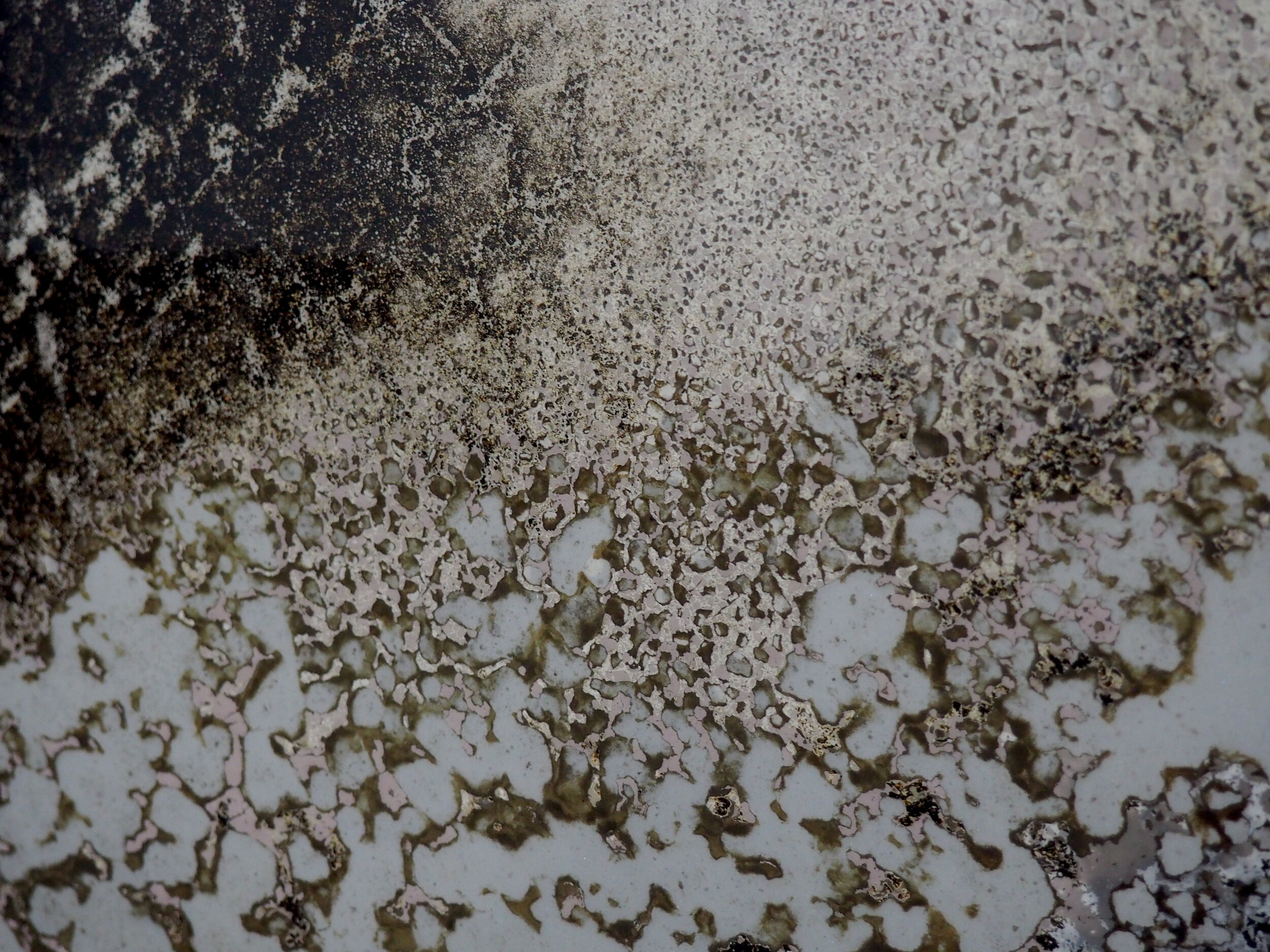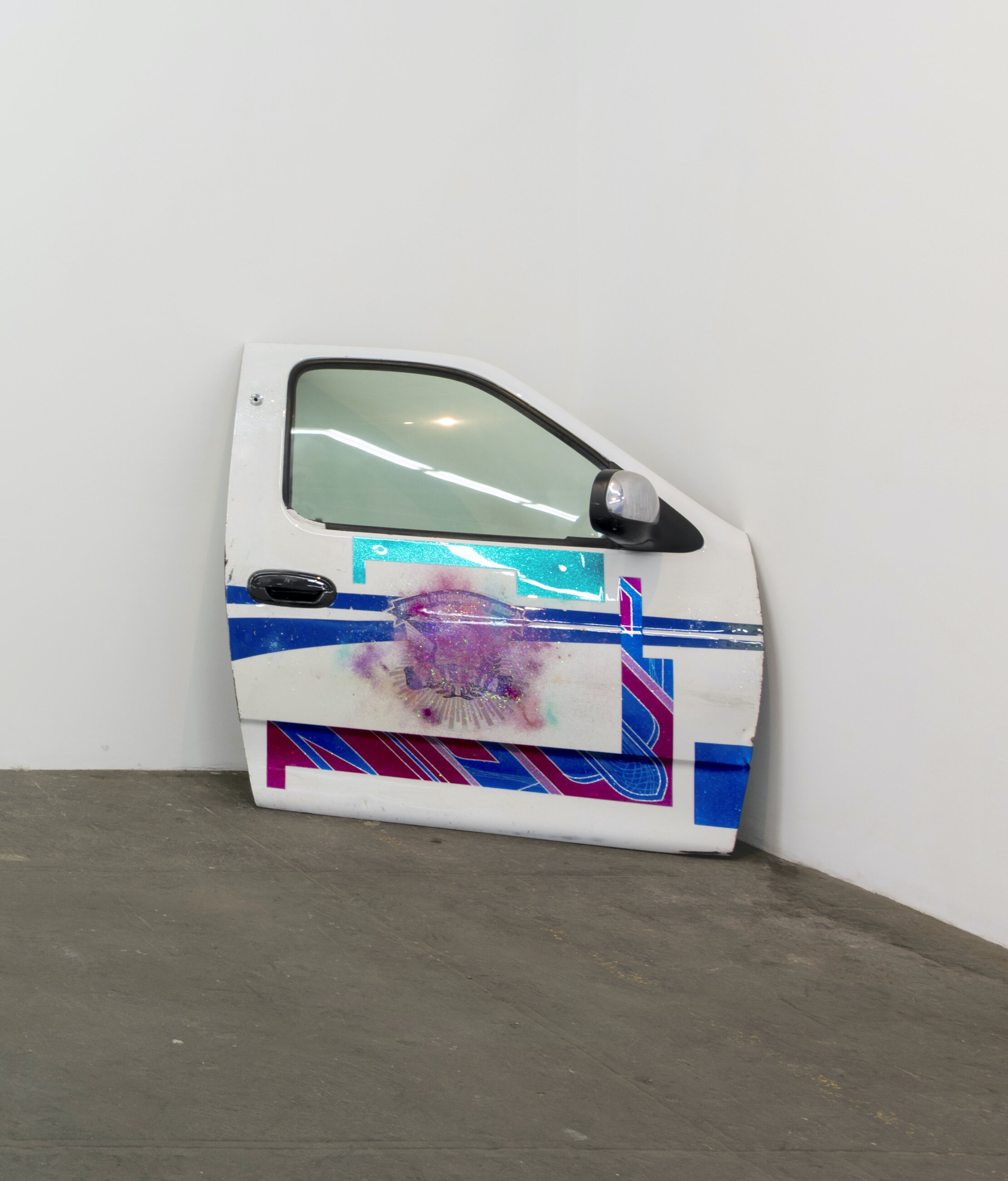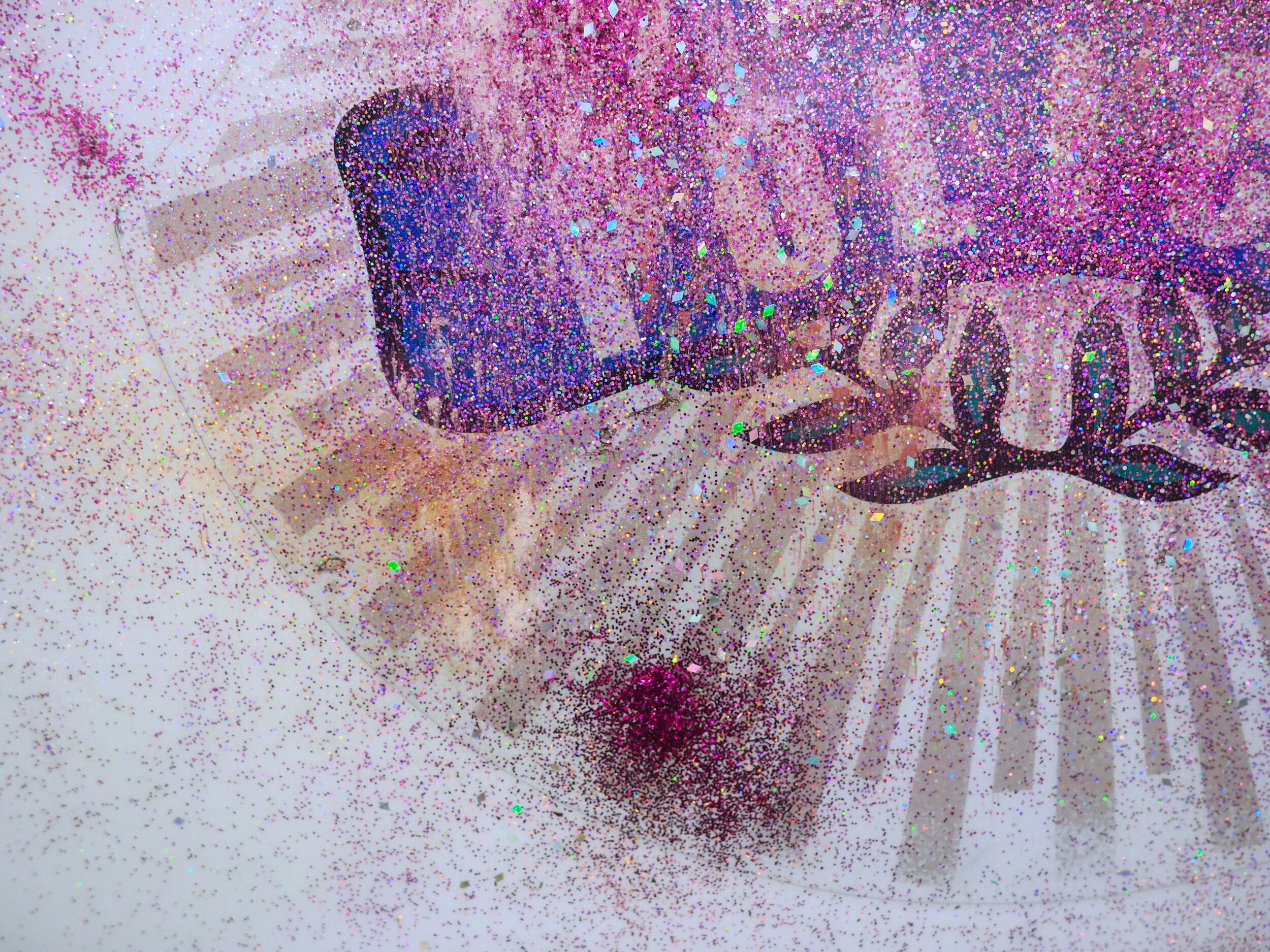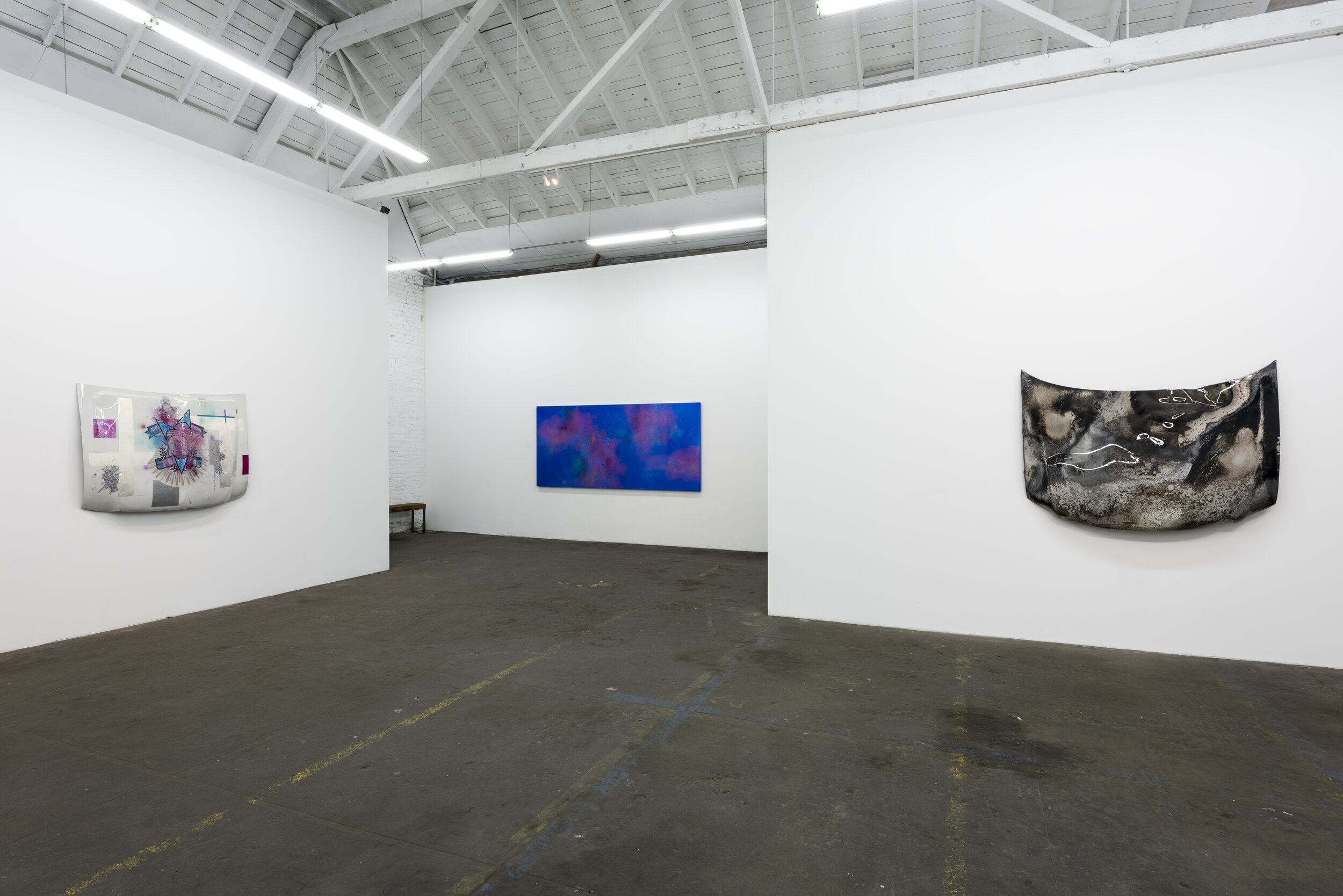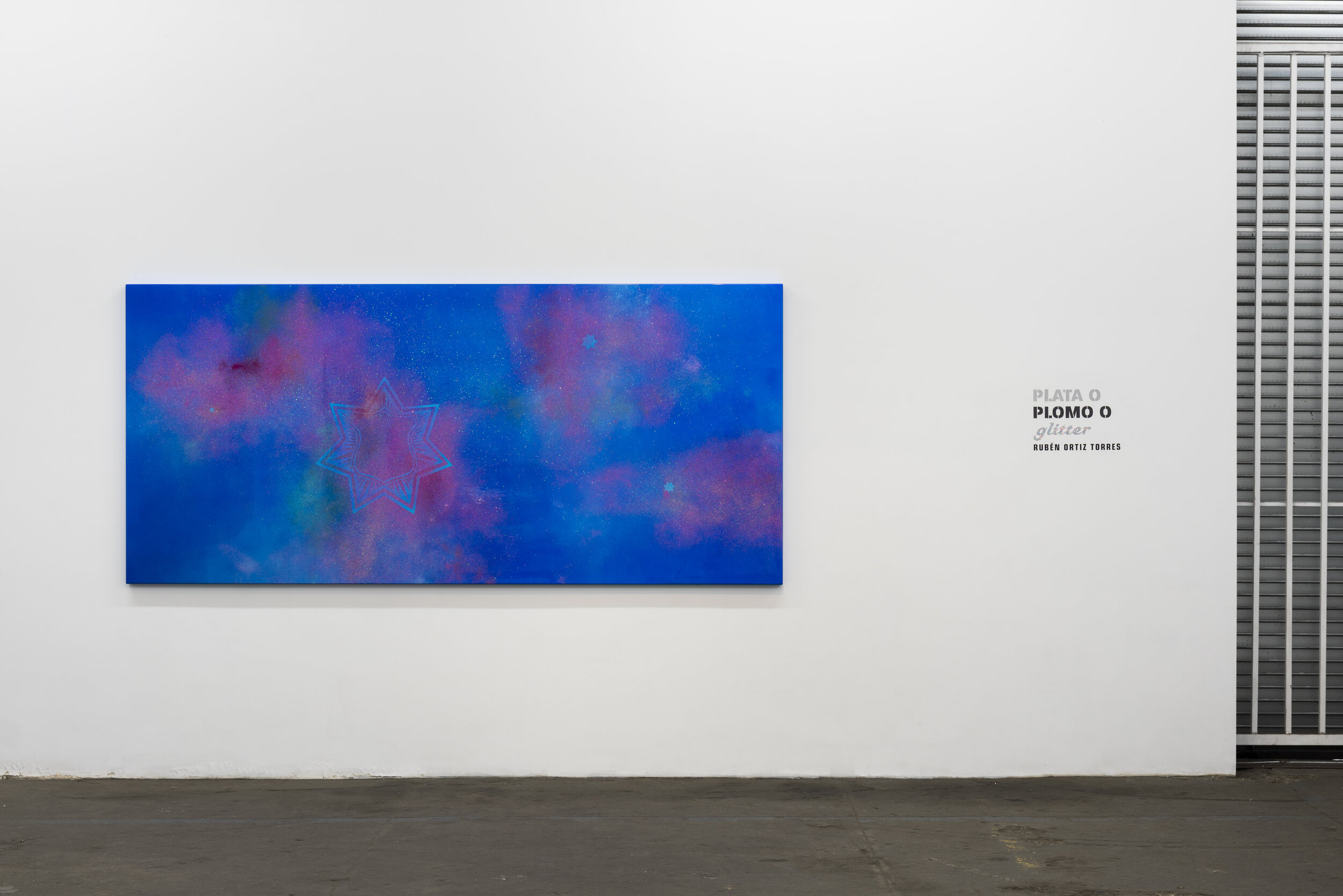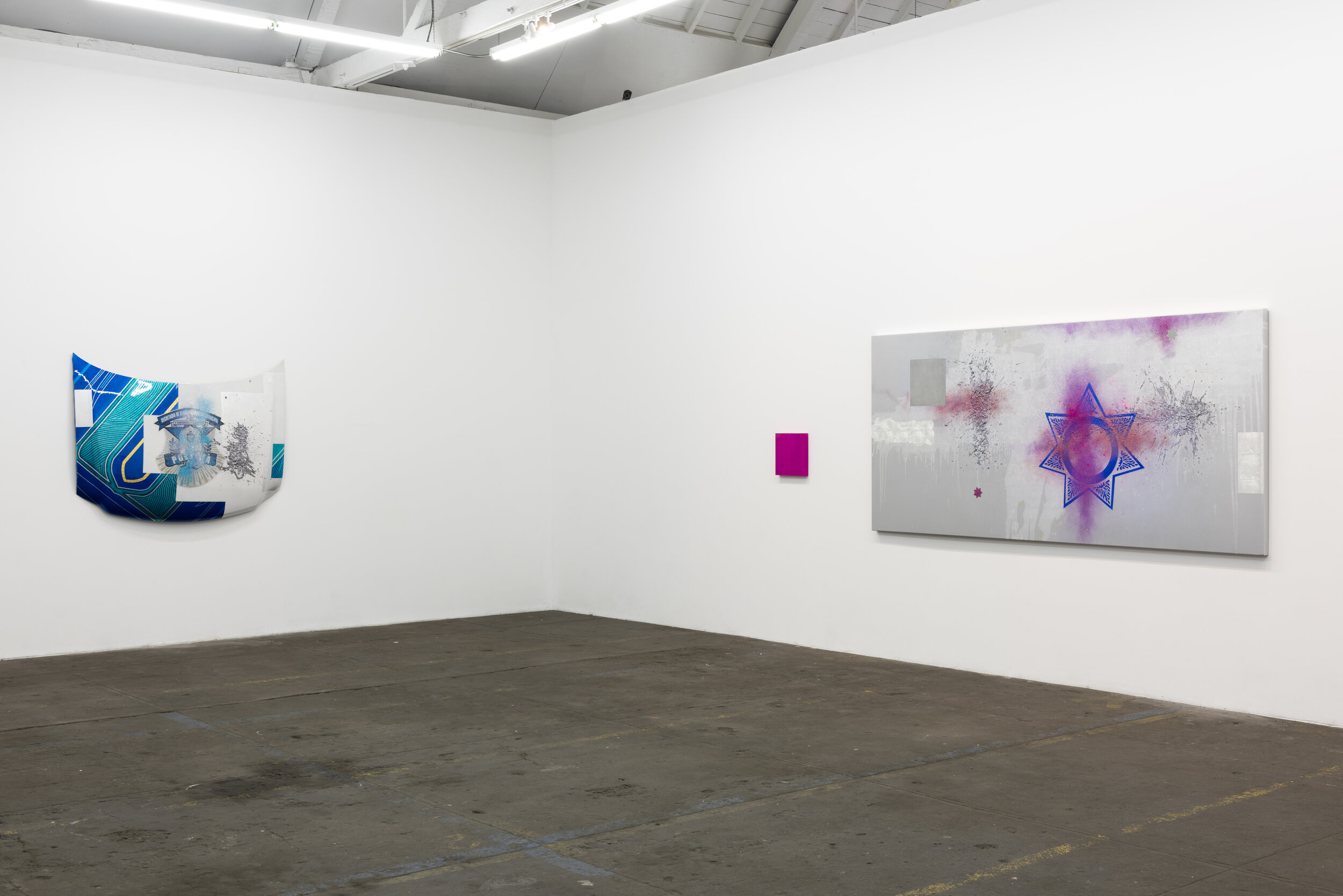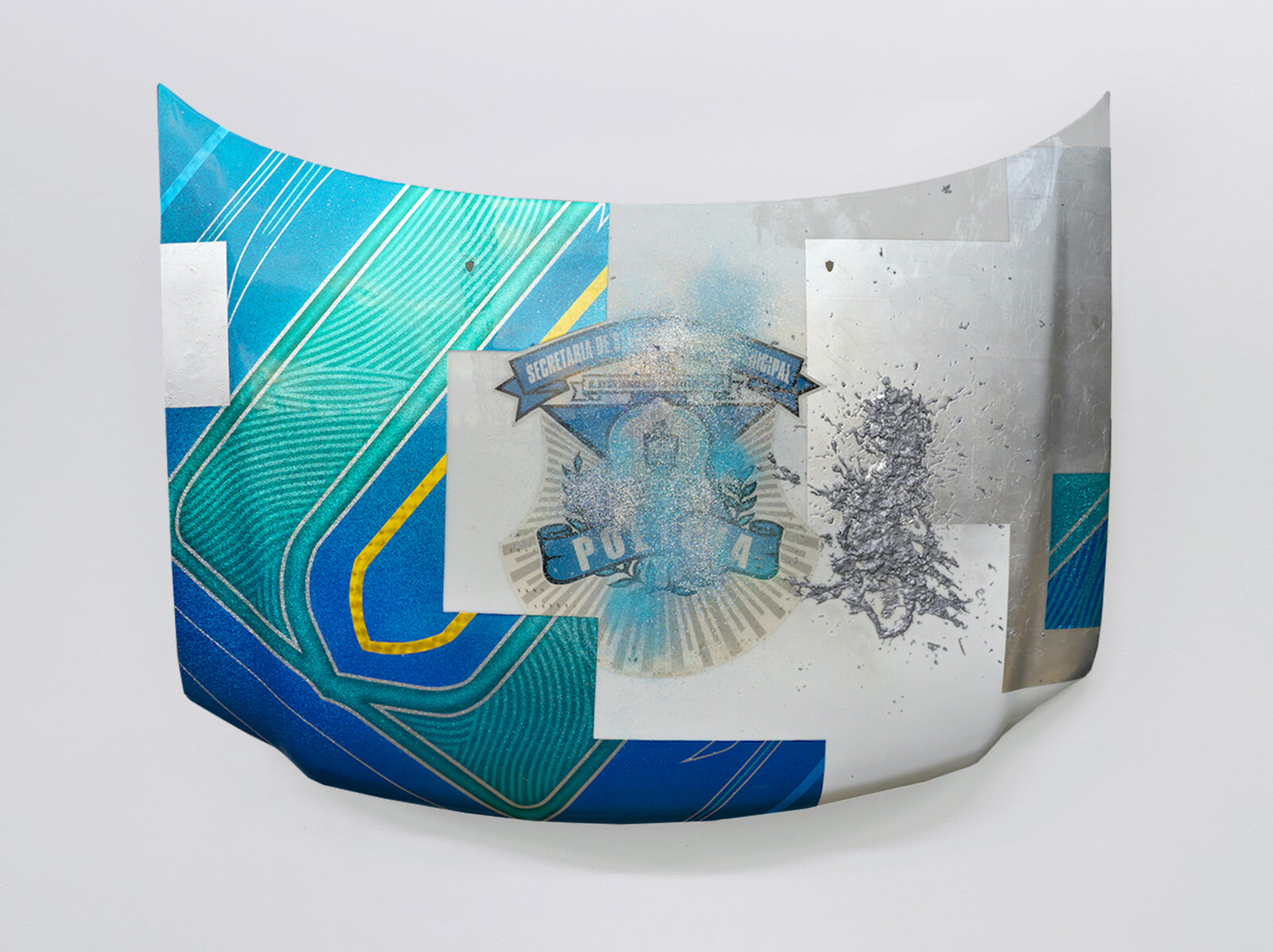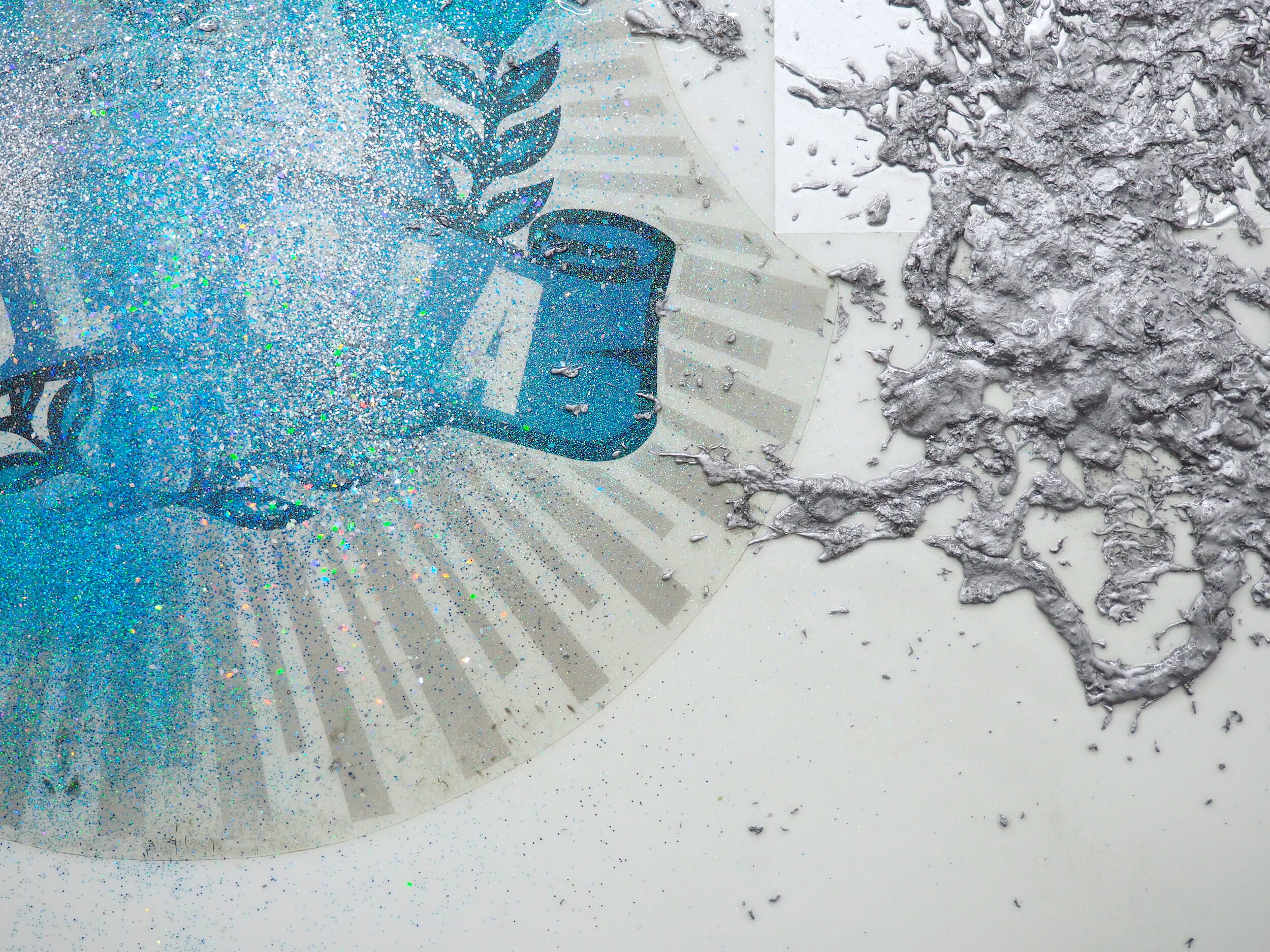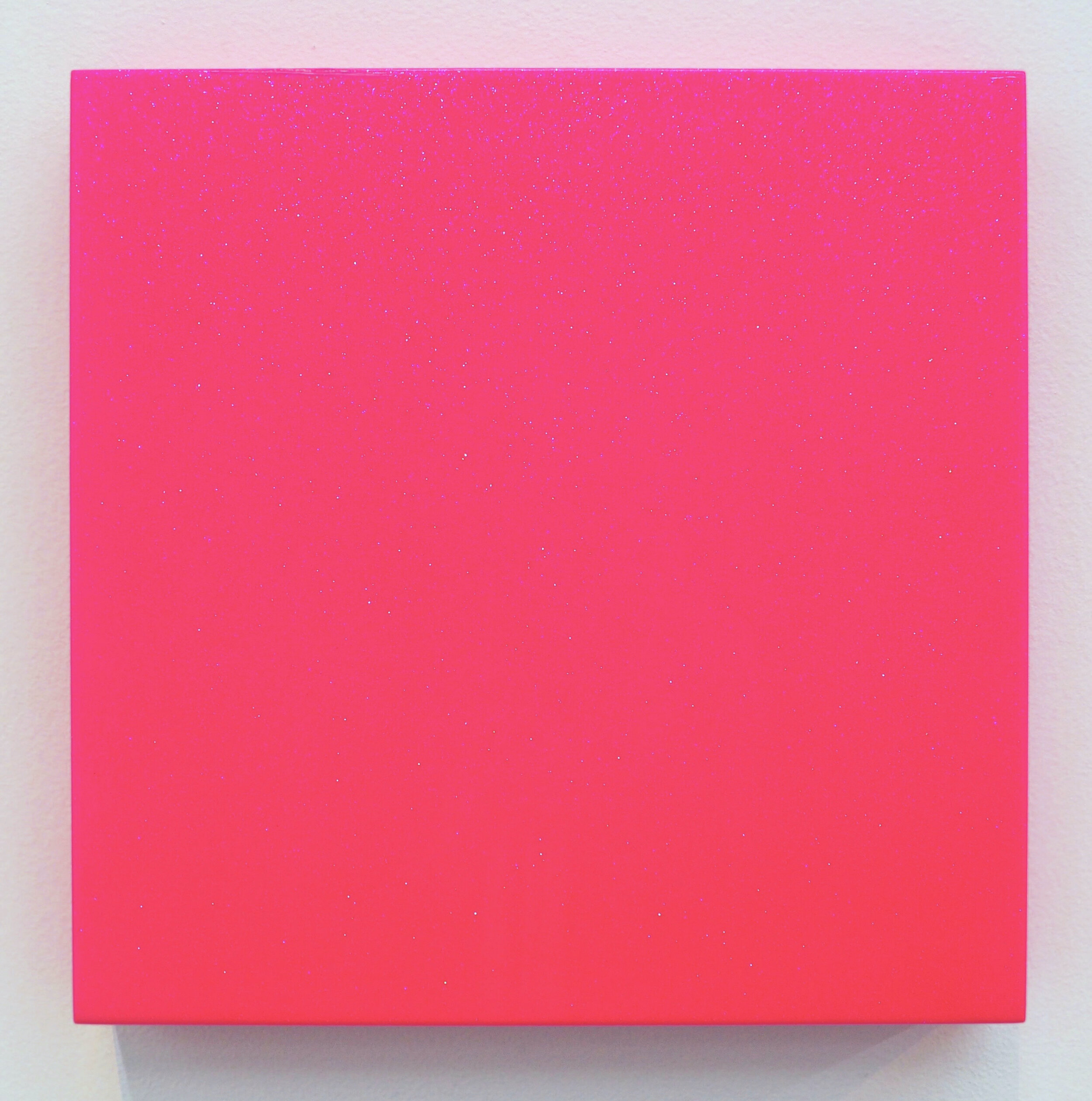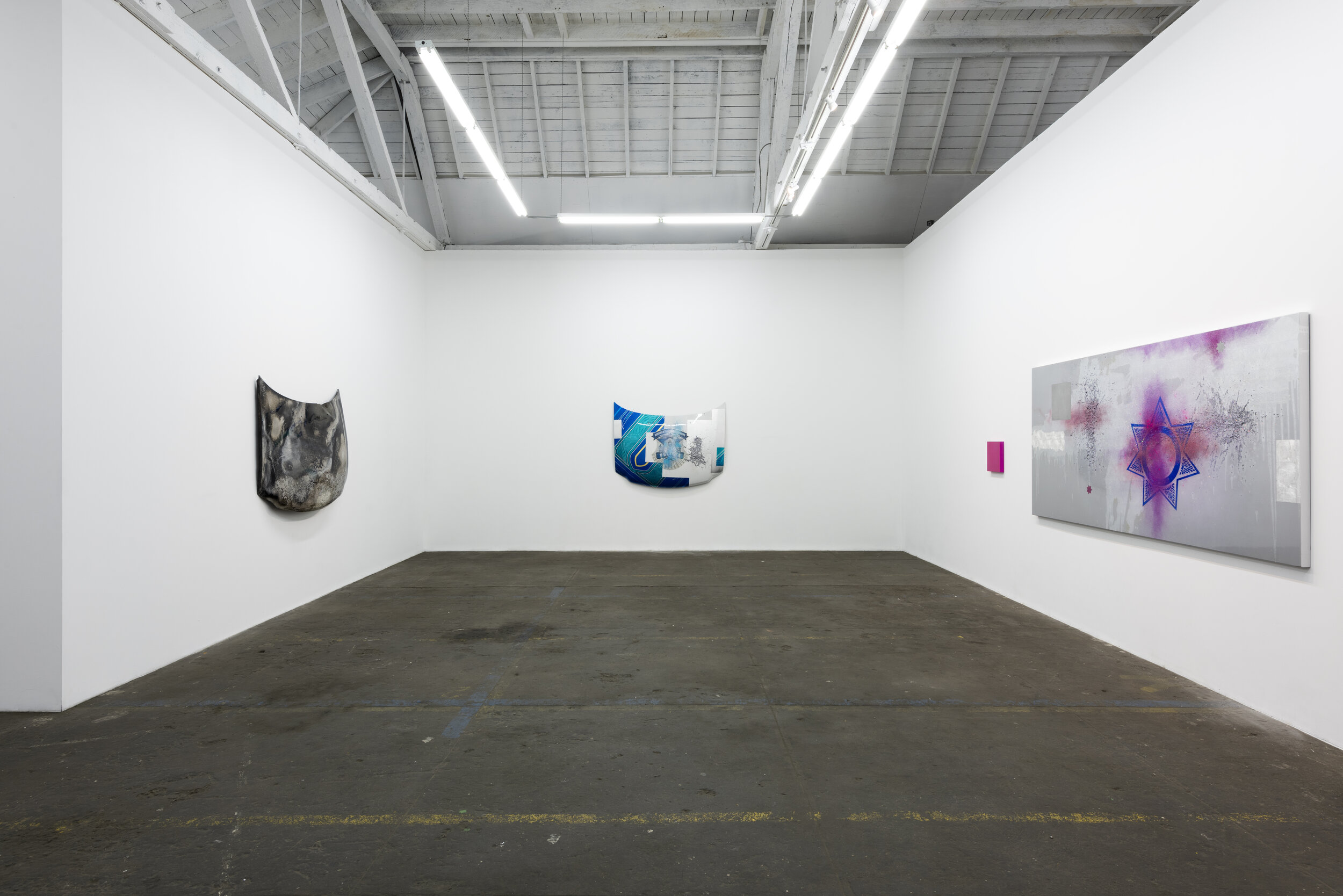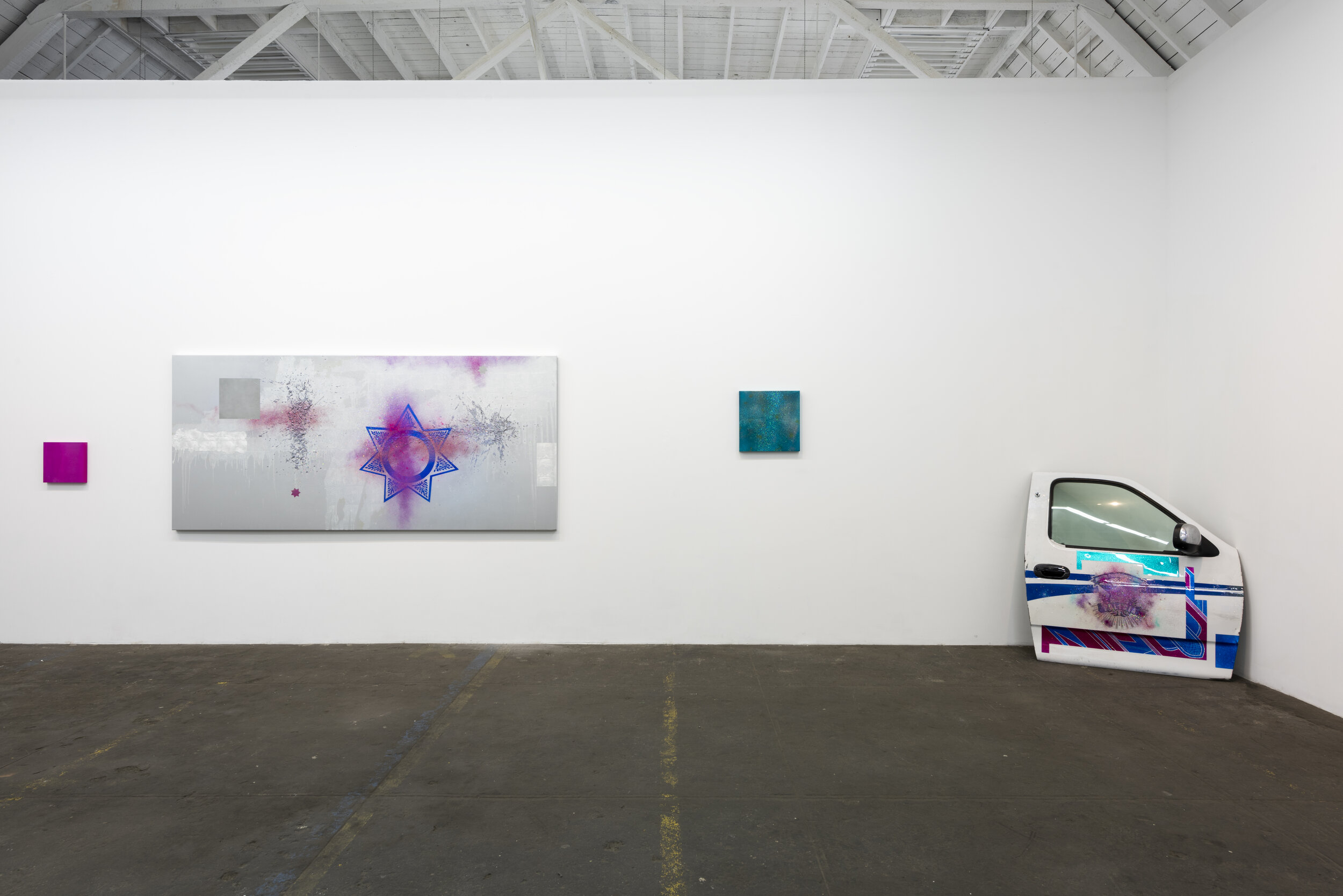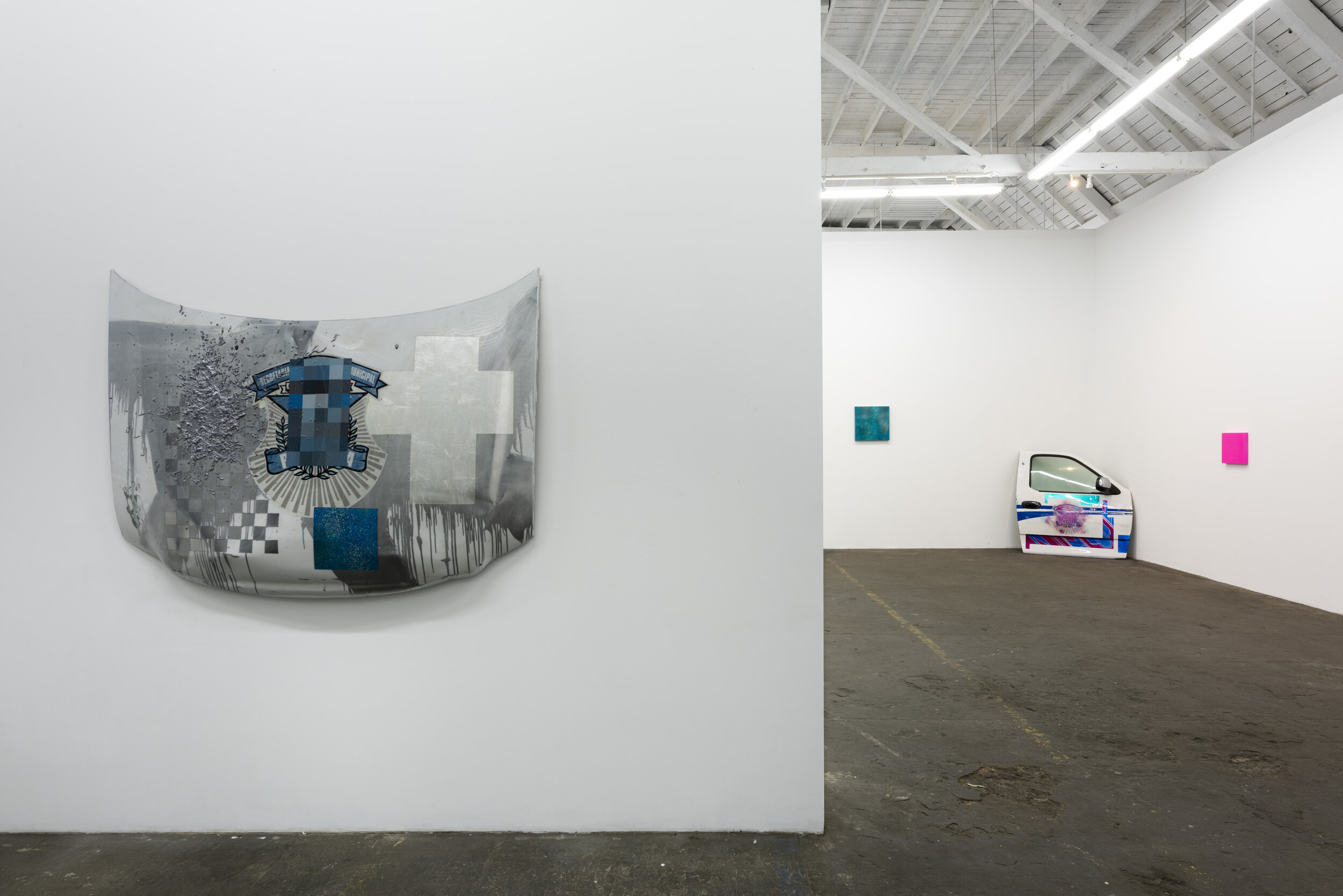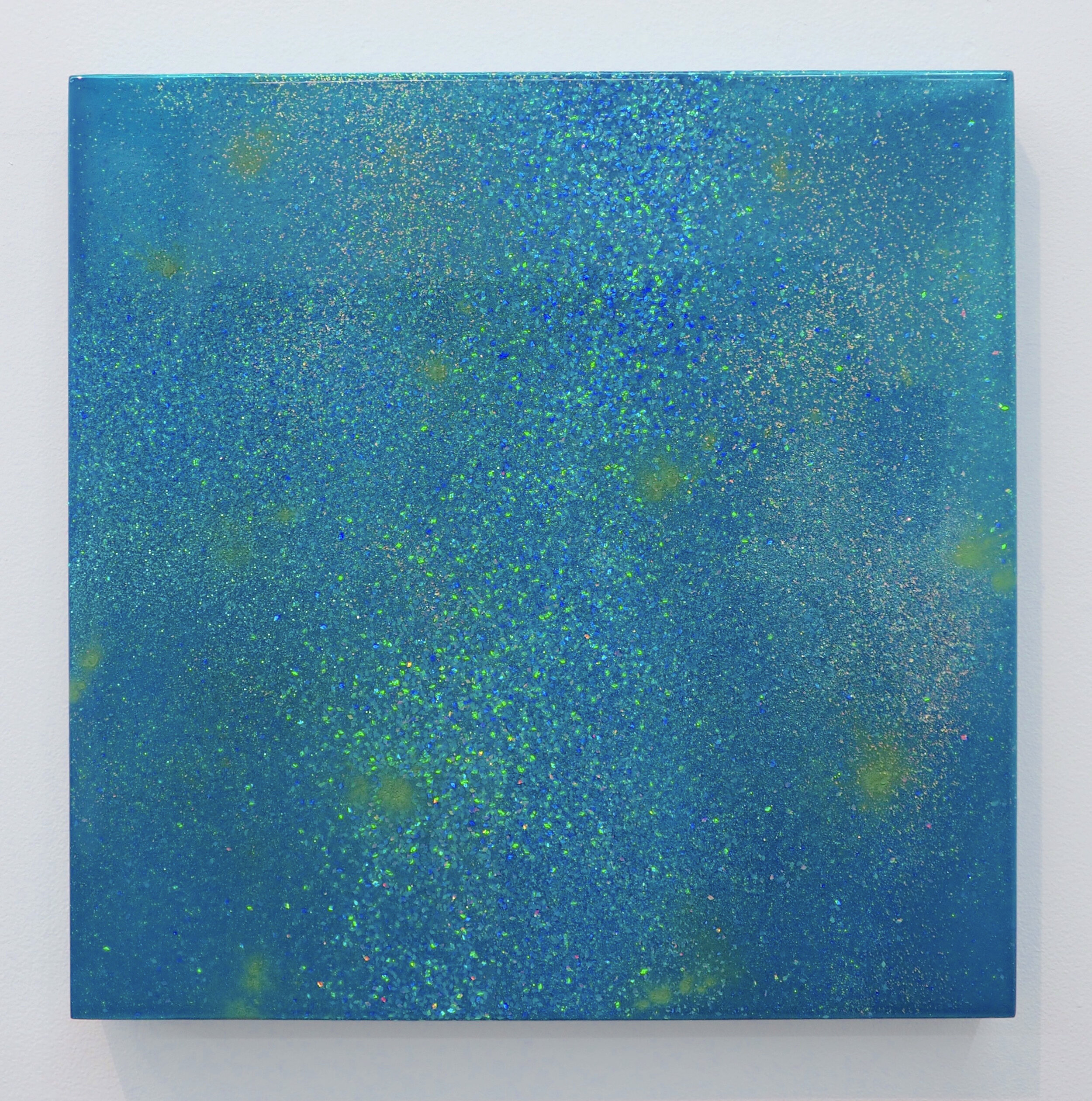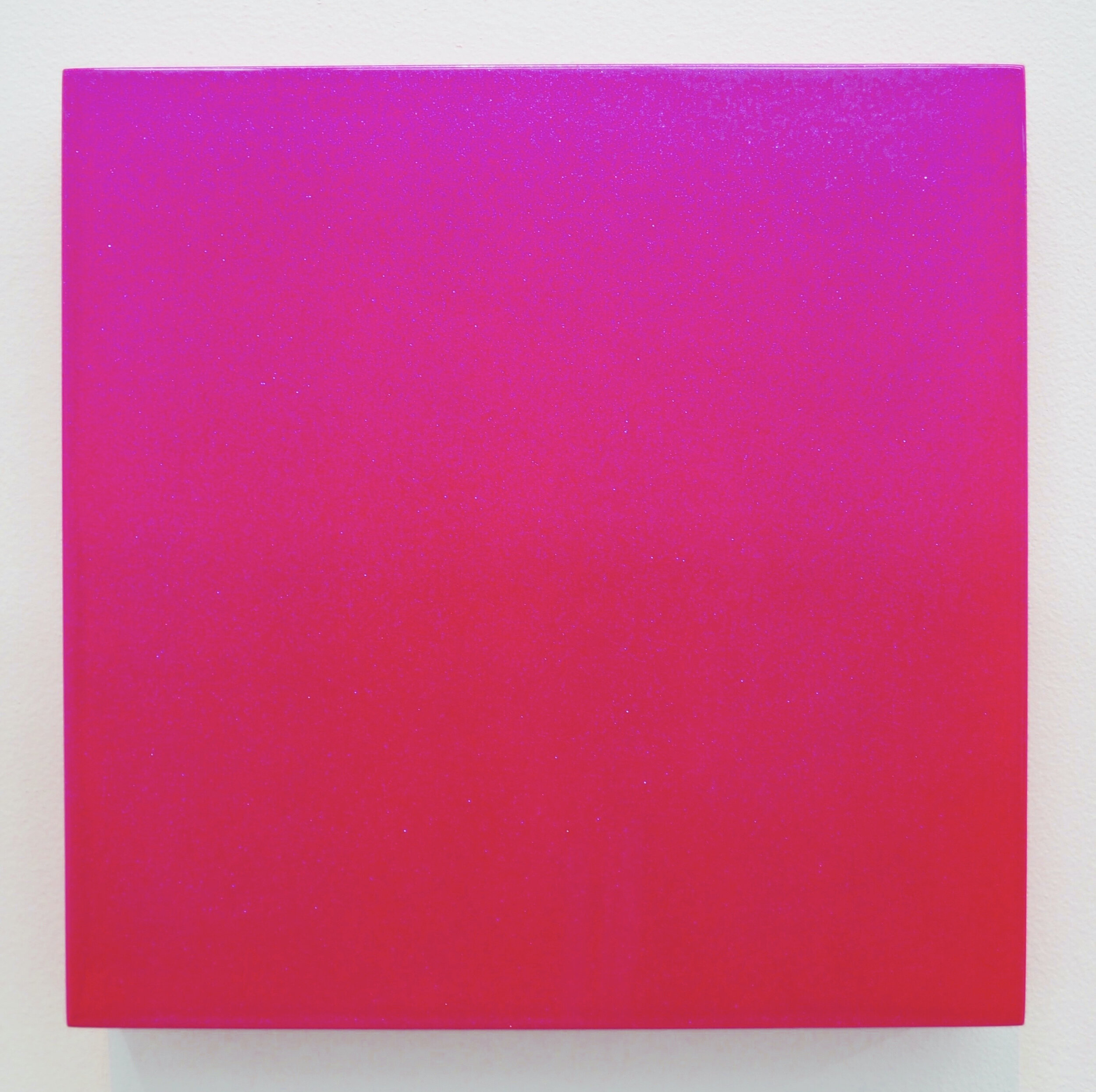PLATA O PLOMO O GLITTER
RUBÉN ORTIZ TORRES
FEB 9, 2020
PRESS:
ARTFORUM / HYPERALLERGIC / TOP 10 LOS ANGELES EXHIBITIONS OF 2020 : AEQAI
“Plata o plomo” is a phrase attributed to the infamous drug smuggler Pablo Escobar. It persuades with the promise of reward for adhering to the cartels demands and warns of the consequences of not. Plata, meaning “silver,” is a common slang term for money and plomo, a metonym for “lead bullet”. The Drug War continues to bring corruption, brutality, bloodshed, and mass devastation to the streets of Mexico.
In response to the rape of a teenage girl by Mexican police, the growing movement now termed the ‘glitter revolution’ (revolución diamantina) has fostered thousands of protestors to join in solidarity condemning the rampant violence against women, their weapon: pink glitter. Activists showered the security chief, Jesús Orta, in August of last year with the sparkling craft material now symbolic of the feminist fight.
Rubén Ortiz Torres addresses these issues in his latest body of work. In Plata o plomo o glitter, the artist uses various car parts of decommissioned patrol vehicles damaged in battle with the cartels. Each auto component is an index of the country’s violence with its own history revealed through Tijuana police logos, bullet holes, mangled metal, and charred remnants.
“In Y la culpa no era mía, starlike badges inhabit a shimmering expanse whose predominant blue recalls the hue of Blue Lives Matter, a militant anti–Black Lives Matter movement that paints US police officers as victims rather than aggressors. The painting’s title, which the artist translates as “It’s not my fault,” is a protest chant directed at authorities who blame injured parties instead of taking responsibility. The glitter revolution is a Mexican movement, but the malfeasance that sparked it knows no borders.” — Annabel Osberg, artforum
As a stark contrast to the rough, burnt, oxidized, and peeling exteriors of the doors and hoods, the artist embellishes the panels with the valuable and hyper aestheticized surfaces that he has become noted for with candy paint, flakes, and chromaluscent paint indicative of lowrider culture. By using silver leaf, molten lead, and hot-pink glitter bombs these new works continue the dialogue of formal contemporary painting but come to signify the way that control is exploited.
The beauty of these objects is almost disturbing. Torres’s eye-popping palettes are what initially attract us, until we begin to comprehend their critique of gender violence. We come for the colors and sparkles, but stay for the message. In other words, the art is a hook. — Rosa Boshier, Hyperallergic
Widely recognized as a pacesetter of postmodernism, Ortiz Torres’ work is in significant collections internationally including Los Angeles County Museum of Contemporary Art, Los Angeles, CA; Museum of Contemporary Art, Los Angeles, CA; Instituto Nacional de Bellas Artes, Mexico City, Mexico; La Colección Jumex, Mexico City, Mexico; Mexican Museum of Fine Arts, Chicago, IL; Museum of Modern Art, New York, NY; The Metropolitan Museum New York, NY; The Tate Modern, London, UK; Museo Nacional Centro de Arte Reina Sofía, Madrid, Spain; The Phoenix Art Museum, Phoenix, AZ; The Palm Springs Art Museum, Palm Springs, CA; Hammer Museum, Los Angeles, CA and The Smithsonian Museum of American Art in Washington, D.C.


